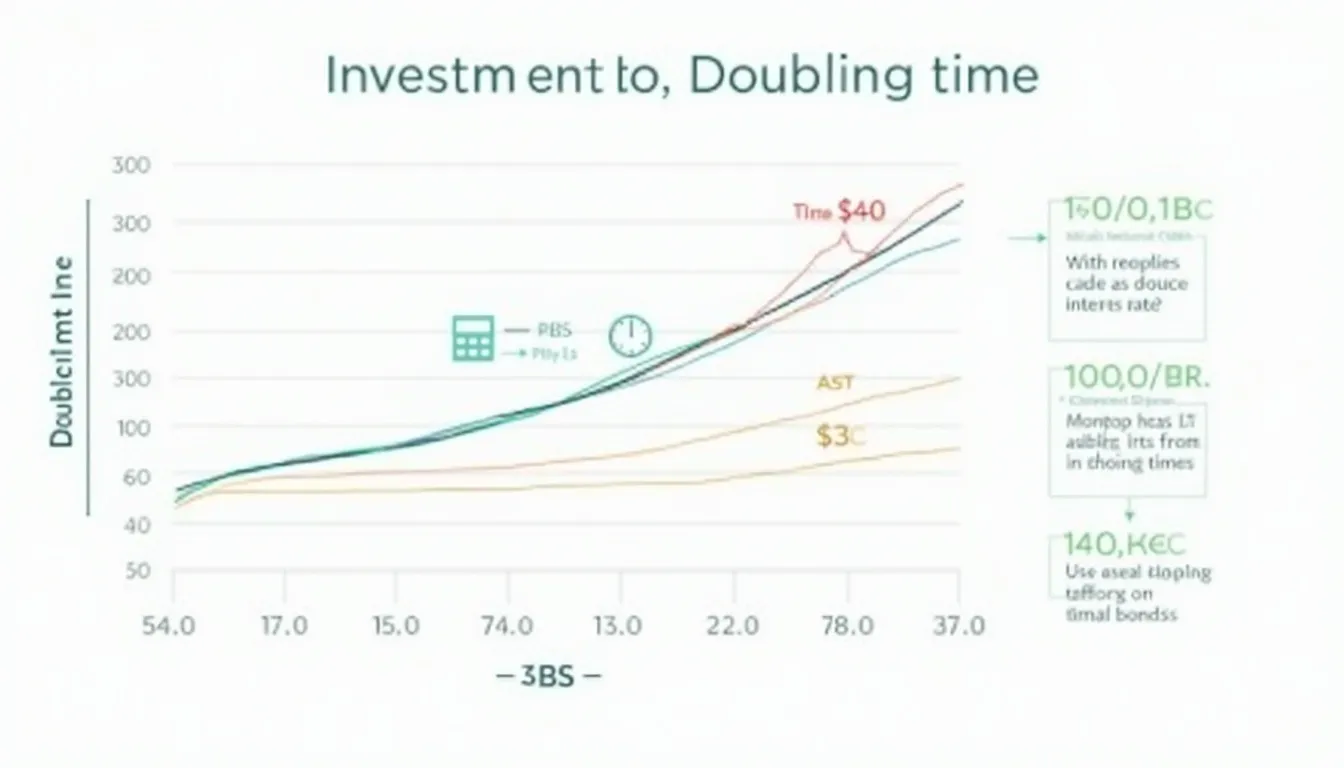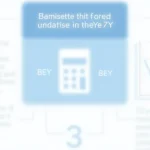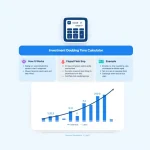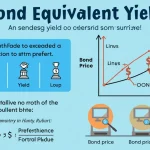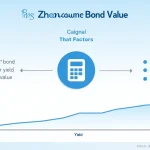Doubling Time Calculator
Is this tool helpful?
How to use the tool
- Type your expected annual return: e.g., 4.7 % for a conservative bond fund or 12.3 % for a growth-oriented ETF.
- Click “Calculate”. The script limits entries to 0–100 % and rejects invalid text.
- Read the answer. The result appears in plain language such as “15 years 1 month”.
- Compare scenarios. Adjust the rate to see how higher or lower returns stretch or shorten your timeline.
Formula & worked examples
The calculator applies continuous compounding:
$$ \text{Doubling Time}= rac{\ln 2}{\ln (1+r)} $$
- Example A: 4.7 %
$$t= rac{0.693147}{\ln(1.047)}\approx15.1\text{ years}$$ ≈ 15 years 1 month. - Example B: 12.3 %
$$t= rac{0.693147}{\ln(1.123)}\approx5.97\text{ years}$$ ≈ 5 years 11 months.
Quick-Facts
- Accepts 0–100 % nominal annual return range (Internal Spec).
- Uses natural-log formula, which is exact for any compounding frequency (Financial Modeling Handbook, 2022).
- Money at 5 % doubles in ≈ 14.2 years (SEC Compound-Interest Calculator, 2023).
- Average long-term S&P 500 return ≈ 10 %/year (Damodaran, 2023).
- “Even small differences in interest rates can make a big difference over time.” (SEC Investor Bulletin, 2023).
FAQ
What does the doubling-time calculator do?
It converts any constant annual return into the exact years and months required for your capital to 2×, helping you visualise growth without manual math (Investopedia, 2023).
How is doubling time calculated?
The script divides ln 2 by ln (1 + r), where r is your decimal return. Natural logs give a precise answer for any compounding schedule (MIT OpenCourseWare, 2021).
Why use this instead of the Rule of 72?
The Rule of 72 is an approximation; errors climb above 8 % returns, while the log formula stays exact at all rates (Federal Reserve Bank of St. Louis, 2022).
What input range is valid?
Enter > 0 % and ≤ 100 %. Higher numbers describe speculative scenarios and break the logarithm; 0 % means money never doubles (Tool Spec).
Does the tool adjust for inflation?
No. It works with nominal returns. Subtract expected inflation (≈ 3 % US average) to find real doubling time (BLS CPI Data, 2023).
Can I use it for daily or quarterly compounding?
Yes. The natural-log equation equals the result from any discrete compounding period, so the answer stays valid (Actuarial Standards Board, 2022).
How often should I recalculate?
Update whenever your expected return or market outlook changes; annual reviews keep plans realistic (CFA Institute, 2023).
Is a faster doubling time always better?
Higher returns generally mean higher risk; match timelines to risk tolerance and liquidity needs (SEC Risk Disclosure, 2023).
Important Disclaimer
The calculations, results, and content provided by our tools are not guaranteed to be accurate, complete, or reliable. Users are responsible for verifying and interpreting the results. Our content and tools may contain errors, biases, or inconsistencies. We reserve the right to save inputs and outputs from our tools for the purposes of error debugging, bias identification, and performance improvement. External companies providing AI models used in our tools may also save and process data in accordance with their own policies. By using our tools, you consent to this data collection and processing. We reserve the right to limit the usage of our tools based on current usability factors. By using our tools, you acknowledge that you have read, understood, and agreed to this disclaimer. You accept the inherent risks and limitations associated with the use of our tools and services.
